NAXOS ISLAND
Naxos has the cosmopolitan atmosphere of a modern tourist resort, but at the same time has kept its traditional colour and its local culture. This differentiate it from the rest islands of the cycladic complex and the main reason for this is that locals also engage in other industries including agriculture, stock-breeding and marble quarrying apart from the tourist development.
On these lands, which are blessed by God Dionysos, you will discover 22 traditional villages of exceptional beauty. Time is never enough to explore all the beauties of these magnificent villages who have kept their traditional character unspoliled during the centuries.
Naxos island will reveal its full beauty if you are prepared to move around.
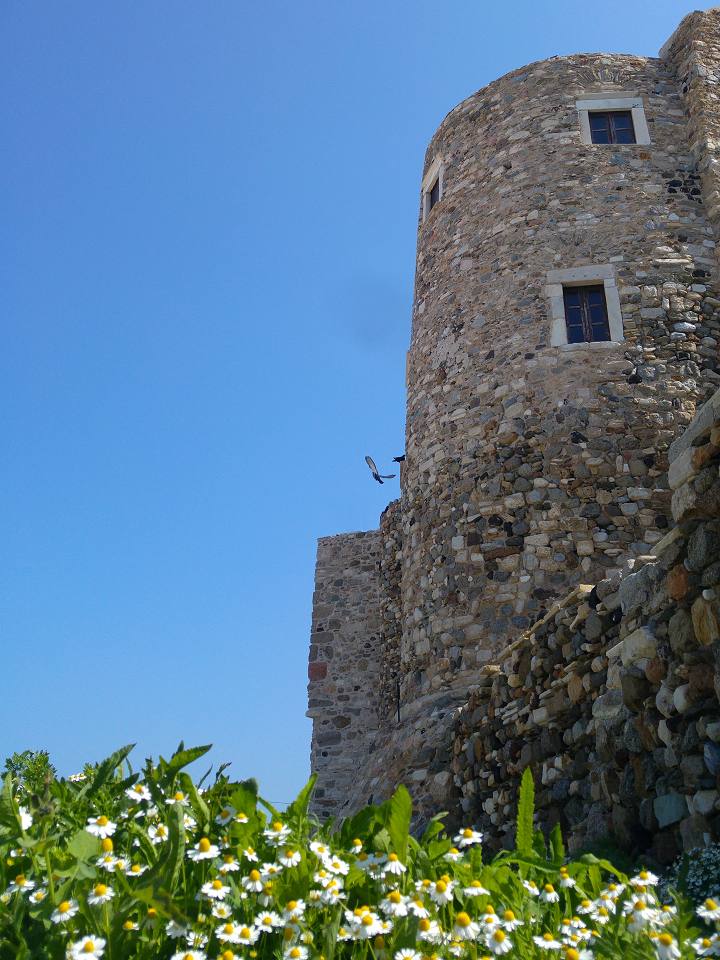

SEE & DO IN NAXOS
Visistors interested in learning about the day to day lifestyle of the island and its folk culture should explore its interior where visitors are welcomed as honoured guests.
Villages which are worth to visit are: Filoti, Apiranthos, Apollonas, Chalki, Melanes, Potamia, Sagri. Important monuments, worth seeing are:
Mount Zas / Cave of Zeus. This large and dark cave is of great historical significance, being said to have been the actual birthplace of Zeus himself, the Greek king of the gods.
Temple to Demeter (Dimitra’s Temple) is one of the most important historical landmarks remaining in this part of Naxos island and can be found just 1.5 km / 1 miles to the south of Sangri. The remains of the Dimitra’s Temple are impressive and quite fascinating in their own way, although they are not large by any means. It is well worth coming here just to enjoy the hilltop setting and the subsequent views, while the reconstructions of elements of the temple at the onsite museum may also be of interest
Apollonas / Kouros. Measuring just over 10 metres / 33 feet and laying down in the exact spot where it was once carved by skilled craftsman, the Kouros statue is quite a sight to behold.
Bazeos Castle. Standing roughly 2 km / 1.5 miles to the east of the village of Sangri, Bazeos Castle started life in the 17th century as the Monastery of Timios, being revamped in true medieval grandeur several centuries later. Each year, various events are staged at the castle, including the ever-popular Naxos Festival each July and August, when concerts, dancing and readings are amongst the main highlights.
Temple of Iria. A sacred place of the Aegean with uninterrupted life and function from the 14th century B.C. up to our times. It is the cradle of the Ionic order of the monumental Greek architecture. The sancturay of Iria has been located (1982), investigated (1986-1996) and presented to the public (1992-1996) by the University of Athens in collaboration with the Polytechnical School of Munich, with the financial support of both Universities as well as the Ministry of Culture (research) and the Ministry of Aegean (presentation).
Pyrgos Heimarou is is one of the most important monuments of Naxos, and, like the gate of the archaic temple of Apollo, Portara, a trade mark of the island. The monument is situated on the southeastern side of the island, half way between Zas and the sea, on a hill between two ravines. Similar towers have a wide distribution in the Aegean, but in the majority of cases only the foundations are still visible. The tower oh Heimarros is a very rare exception, standing to the impressive height of almost 15 meters.
Beaches
The island’s beaches are spread around the entire island and are well known for their natural beauty, the water clarity and the white sand. South side organised beaches include Agios Prokopios, Agia Anna, Plaka and Mikri Vigla. These beaches though crowded in places are long enough so you can always find somewhere semi-private. Less or no organised beaches but with crystal turquoise waters and golden soft sand are Kastraki, Alyko, Pyrgaki and Aggiassos. Isolated exotic beaches in other areas of the island are Abram, Amitis, Panormos, Kalantos, Moutsouna and Psili Ammos and they are offered for absolute calm and relaxation. There are certain areas on all beaches that are considered unofficially nudist beaches. Generally, in Naxos women can go topless even at the most family beach. Most of the beaches are on the bus route and in the case of Agios Prokopis, buses are frequent and taxis are available and cheap.
What to do
The island offers ideal conditions for those who love water sports. Windsurfing is the most popular sport due to the unique winds of the island. The meltemi (summer wind common in cyclades) that blow during the daytime, are their best ally. The island is also very bicycle friendly. If you like cycling, you can follow unique routes with very beautiful landscapes. Naxos is also a real paradise for hiking and nature lovers and those who have passion for exploration. The island is a veritable paradise with scores of paths crossing it. Someone who really wants to get to know Naxos must visit the inland areas, the mountain villages, to walk the paths which crisscross the island, to listen to the violin and the lute at one of the local festivals and to get drunk on the island’s energy.
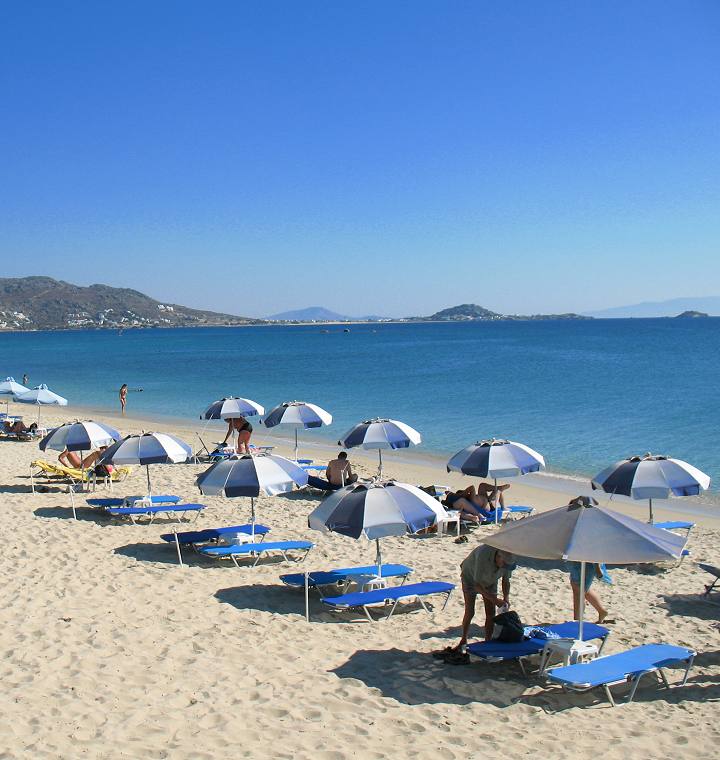
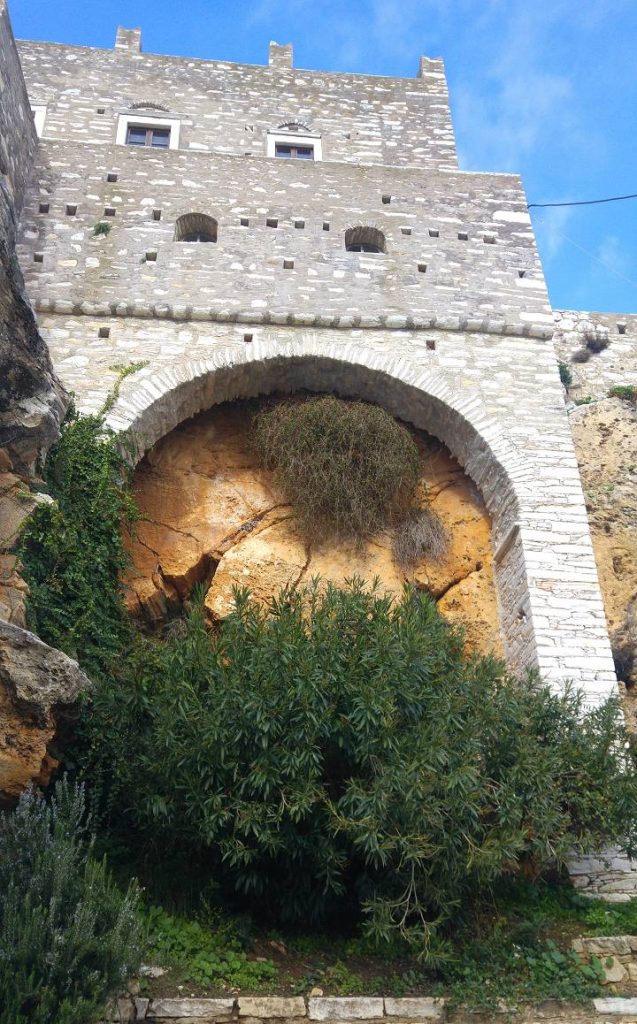
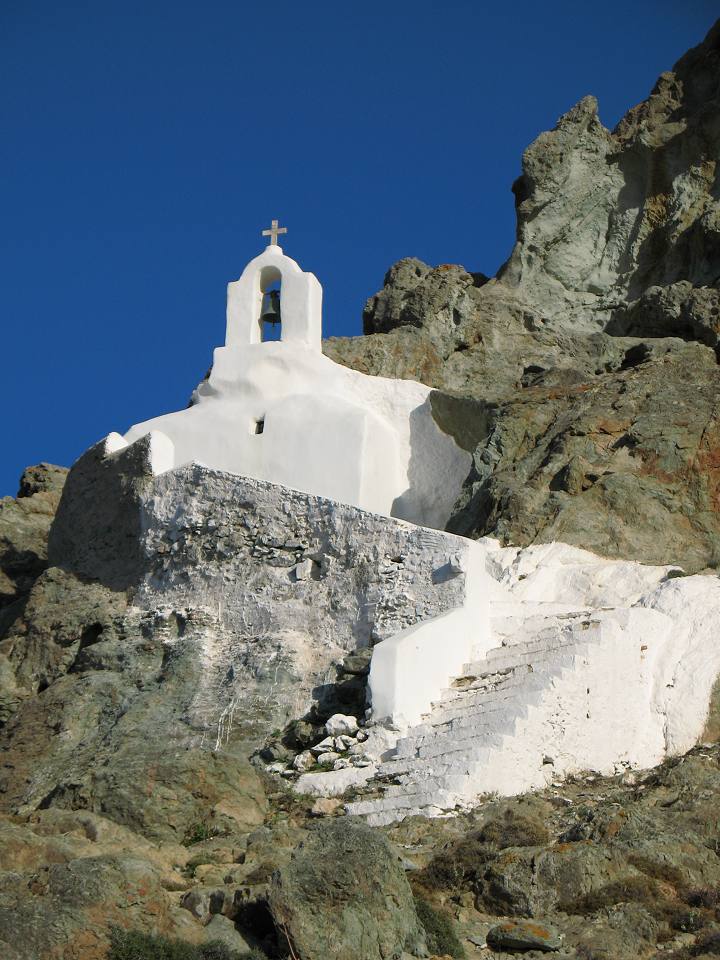
Make most of your stay at Margo Collection
Margo Studios & Rooms
The affordable quality
Family-owned, locally managed hotel, operated traditionally in the Naxian hospitality style
Beach Connection
Close to the beach
Two brand new cozy apartments in a privileged location just 100 meters from Saint George beach
Exclusive Studios
Adults Only
3 brand new studios perfectly suited for couples or group of friends for maximum comfort
My Island Home
Εxtremely Spacious
Brand new self catering apartments in Naxos Town ideal for families or group of friends







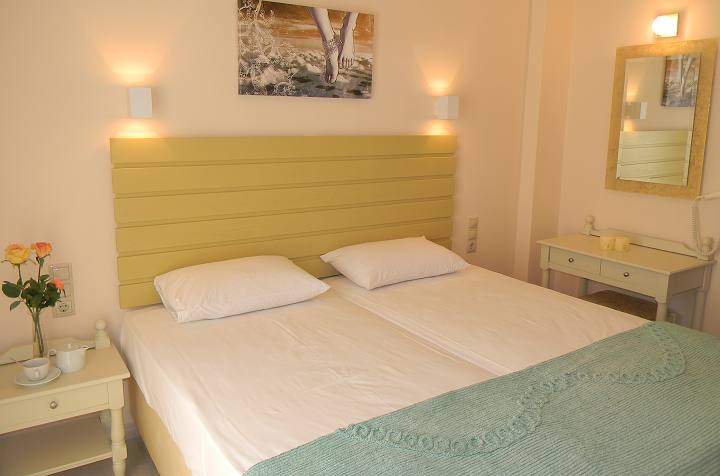
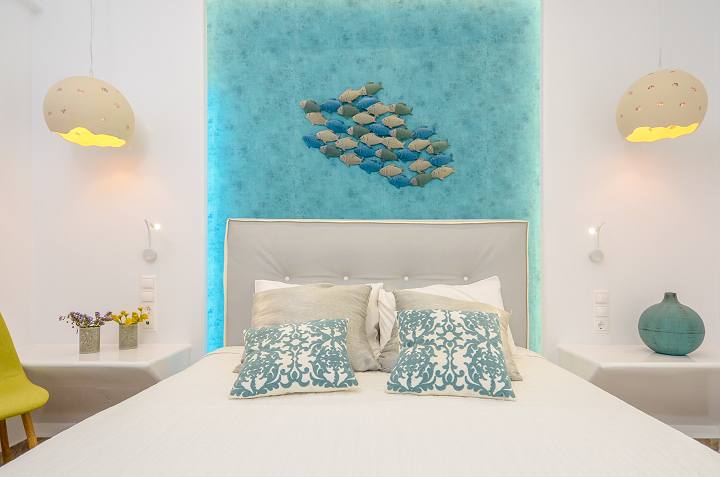



Follow Us
OUR SOCIAL MEDIA CHANNELS
Find us on social media to keep up-to-date with latest news, discounts and events.